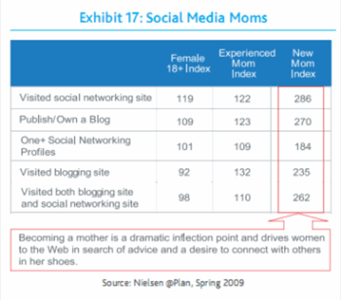In a new report, Nielsen Online takes a closer look at how social media and video sites have reshaped the web and the online advertising market over the last few years, especially in the context of the current economic crisis. According to Nielsen, since 2003, the time spent on video sites has increased by over 2,000%, and the number of Americans who visit online video sites like YouTube and Hulu has climbed 339% over the same time period.

With regards to the economy, a number of sectors, including retail, and the auto and financial services industries, have obviously made dramatic cuts to their online spending. On the other hand, the pharmaceutical industry is actually spending more on online ads today.
Online Video and Social Networks
According to Nielsen, the current trend towards watching more online video should drive more advertisers towards this medium, while for social media, according to Nielsen, “a monetization formula continues to elude the globe’s brightest marketers.” Nielsen, however, is also very positive about how Twitter and other social networks have broken down the feedback barriers between brands and consumers.

Looking at the current buzz around social networks, Nielsen found that MySpace now trails Facebook and Twitter, and conversations around Twitter even surpassed Facebook in March.

The number of new social media users is actually dwarfed by these numbers for online video, but according to Nielsen Online, there are now 87% more social media users than in 2003, and they devote 883% more time to these sites.
Nielsen also found that the number of users who are accessing social networks through mobile devices tripled during 2008 which is a trend that the new MySpace CEO will surely try to exploit to gain back some momentum on the social networking market.
Focus: New Mothers Love Social Media
According to Nielsen, new mothers exhibit a couple of interesting traits. More than any other group, including experienced mothers, new moms are drawn to social networking sites and blogs, and they are also more likely to publish their own blog posts.

In this context, Nielsen also took a closer look at the “Motrin Moms” phenomenon we described last November. Motrin’s ads, which many mothers considered to be condescending, quickly changed how consumers described the brand. After the ads appeared, Motrin was suddenly closely related with Twitter, blogging, and moms, but also with negative terms like ‘backlash’ and ‘offensive.’
















